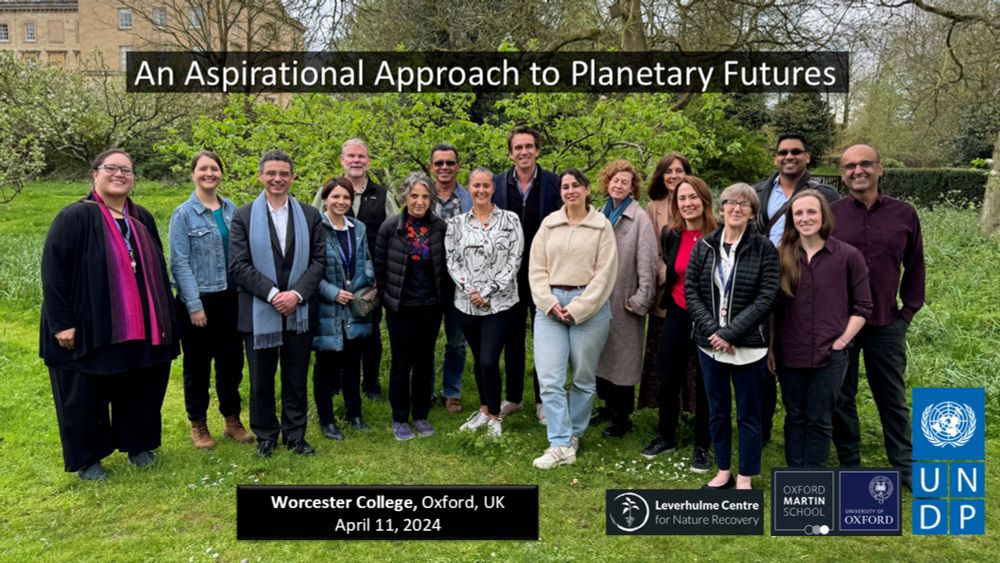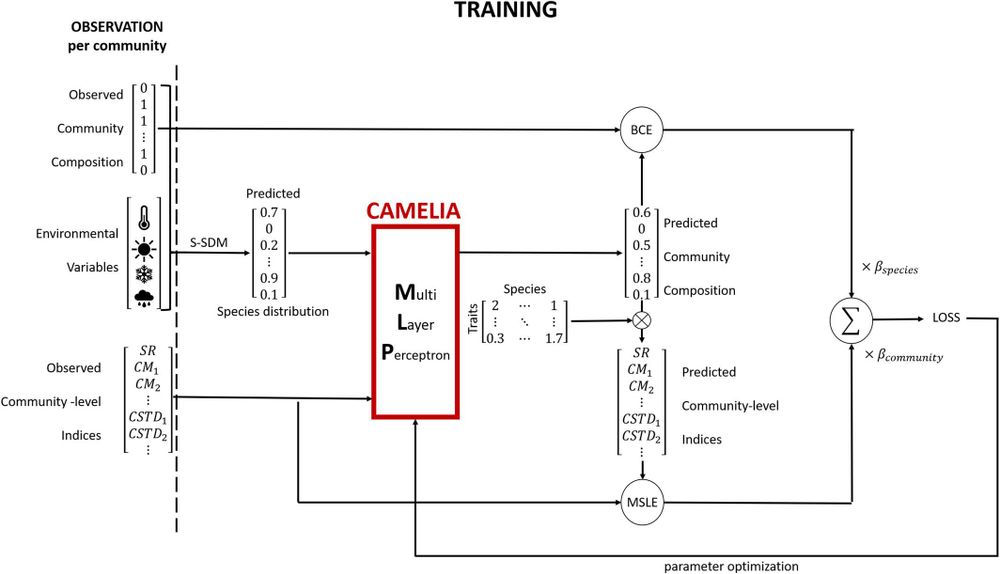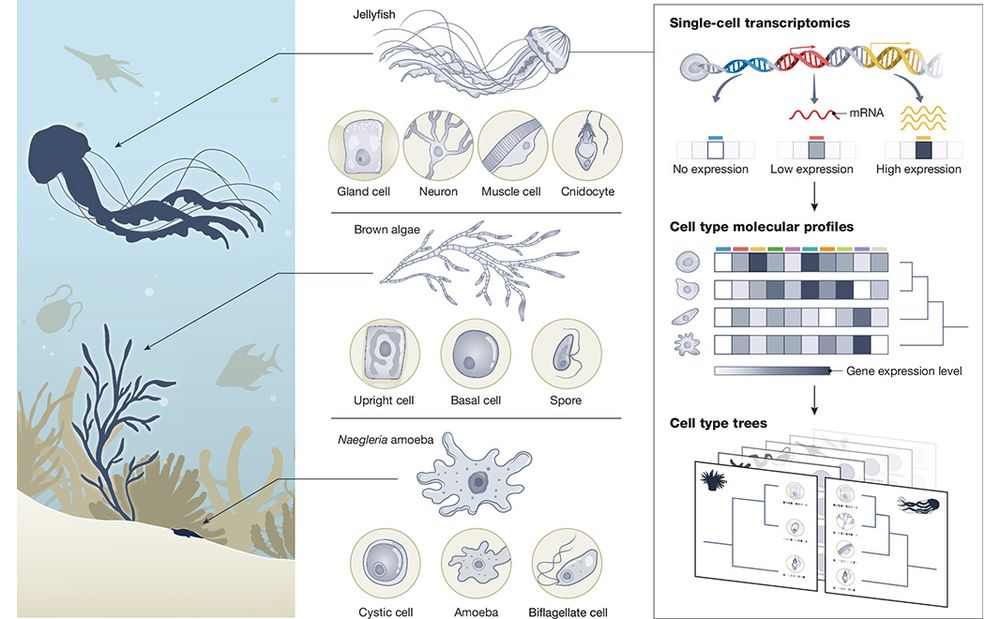Global Ecology 🌐
@global-ecology.bsky.social
5.4K followers
3.1K following
110 posts
Moderating and contributing to the Global Ecology feed
https://bsky.app/profile/nmouquet.bsky.social/feed/global.ecology
- DM to contribute to the feed
- Crafted with love 💚 by @nmouquet.bsky.social
Posts
Media
Videos
Starter Packs
Reposted by Global Ecology 🌐
Reposted by Global Ecology 🌐
Reposted by Global Ecology 🌐
Reposted by Global Ecology 🌐
Reposted by Global Ecology 🌐
Reposted by Global Ecology 🌐
Reposted by Global Ecology 🌐
Reposted by Global Ecology 🌐
Reposted by Global Ecology 🌐
Reposted by Global Ecology 🌐
Reposted by Global Ecology 🌐
Reposted by Global Ecology 🌐
Reposted by Global Ecology 🌐
Reposted by Global Ecology 🌐


























